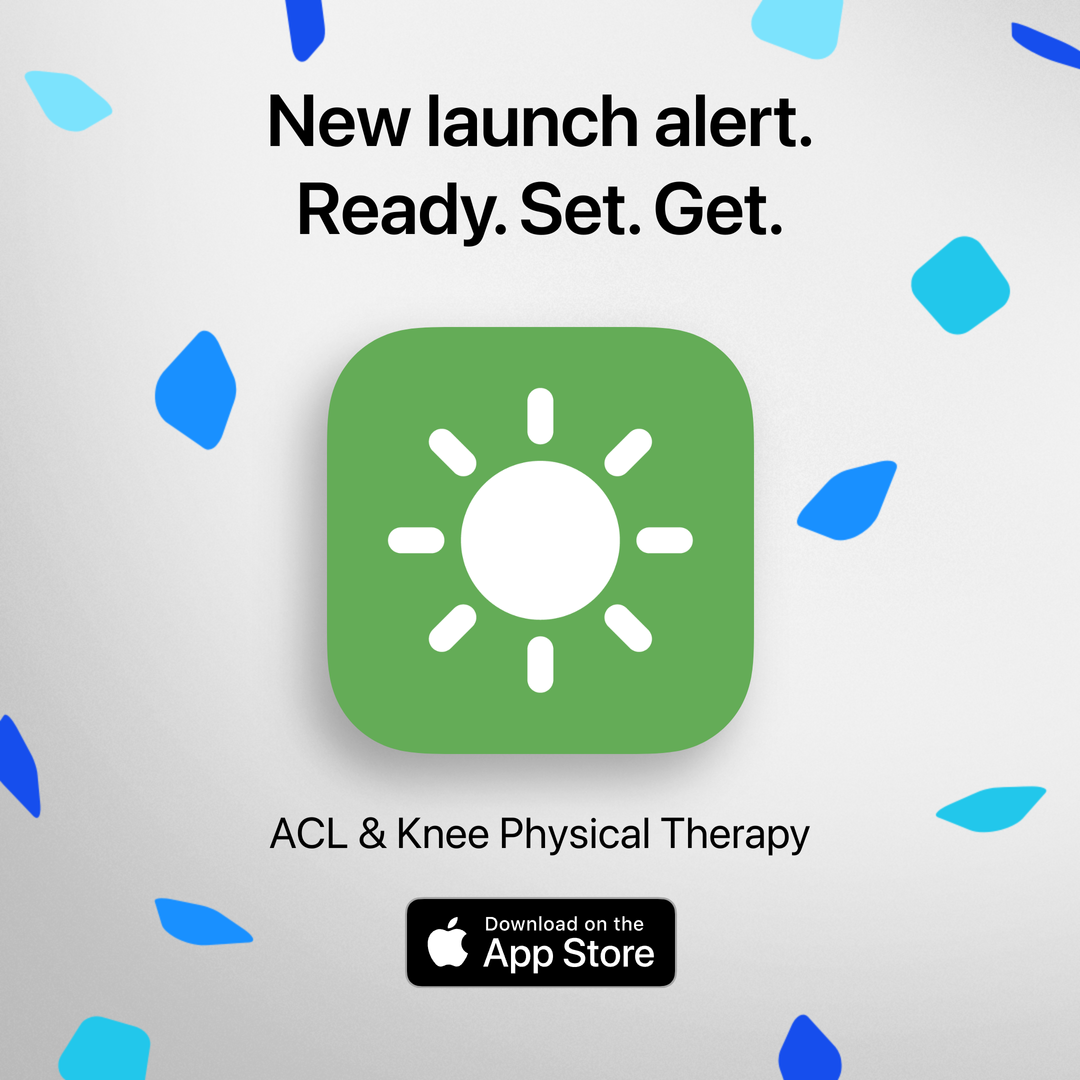Image by gradyreese from Getty Images Signature via Canva
Most people require physical therapy for 8-12 months after a knee surgery. This recovery process can be a significant challenge for those who do not have health care insurance or have limited access to health care because of the cost or where they live.
In previous posts, we examined how fear and pain (Part 1), time and availability of equipment (Part 2), and motivation and enjoyment (Part 3) influence our ability to do physical therapy exercises after knee or hip surgery.
In this blog, I will discuss several financial barriers that get in the way of achieving a successful recovery after knee or hip surgery, and some ways to make physical therapy more financially accessible.
Lack of Health Insurance
The cost of rehabilitation sessions after an ACL surgery adds up quickly. This can be extremely stressful for those who do not have health insurance. How much health insurance costs is very different based on where you live. For example, in Canada the government pays for many aspects of health care, but not for most physical therapy. A Canadian who has a knee surgery may have $500 of health insurance coverage through their employer. The average cost of physical therapy after an ACL reconstruction is $3500-4000 over 8 months. This means that the patient has to spend approximately $3000 out of their own pocket for rehabilitation. Most health insurance is unaffordable for families with low-income because their budgets are organized for basic necessities such as food and housing costs.[1] This means these individuals would have to pay for each rehabilitation session out of pocket, which is likely not a priority when having to pay for food or an electricity bill. When families with low-income do pay for their physical therapy sessions, they develop a ton of medical debt, causing them to postpone or forgo future care.[1] This is also true for those who are unemployed and lack health insurance from an employer.[2]
Physical therapy advice
I am a physical therapist, and I have also completed my Masters degree in Public Health (MPH), so I recognize the issue of the inability to afford health care. This is one of the hardest areas to give advice because I can't just tell my patients to get health insurance that they cannot afford! The main reason I started working in the area of mobile health is because I believe that it is the answer to providing access to health care for those in need. Here are my thoughts on how to address the lack of health insurance.
- Talk to your physical therapist at the very first appointment (or even before if possible) about the cost of each appointment and the overall cost for your whole rehabilitation process. It is important that you know all of the costs up front and that your physical therapist understands what you can afford.
- Don't allow you physical therapist to be vague about how many appointment you will need to recover. Get an actual number and decide if that is feasible for you and your budget.
- Ask for lots of homework! A physical therapist can give you lots of exercises to recover as well as progressions of those exercises over time if you are not able to come back regularly for appointments.
- Early in the recovery phase, you may need to see your physical therapist more often, but later you should be independent and doing most of your exercises on your own to recover.
- At the end of your first appointment you should receive a prognosis. A prognosis is how long it will take you to get better and how many appointment this will require.
- Use mobile health solutions to help with your recovery. We have developed a mobile physical therapy app for patients that guides a person through their rehabilitation exercises for 6 months after injury or surgery. It contains video guided exercises, the ability to measure your knee movements, and the ability to track all of your daily, weekly and monthly progress. Our app is called Curovate and is available in the Google Play store. Here is the link!
Lack of Physical Therapy Services in Low-Income Communities
If patients are unable to pay for rehabilitation services or do not have health insurance, they will have difficulty finding a physical therapist. Health practitioners have a difficult time referring patients for physical therapy in low-income communities because there is a lack of physical therapists in these areas.[2]
One health-care provider located in an underserved community in Ohio explains how referring patients to a physical therapist is a challenge.
"We don’t offer PT (physical therapy) services because we haven’t found a physical therapist willing to work with underprivileged (people). That’s our biggest problem here . . . finding area providers that we can refer patients to.”[2]
Many physical therapists are unwilling to accept little reimbursement for their services,[2] and this can be a significant challenge for patients who are trying to recover from an ACL injury.
Physical therapy advice
Just like I can't tell patients to get health insurance, I can't tell physical therapists to work in under served areas. Unfortunately, people in lower income neighbourhoods have limited access to health care. The main principle of public health is that healthcare should be available based on need and not on the ability to pay. I believe very strongly in this principle, and this is what drives me to innovate mobile health solutions for rehabilitation. Mobile health has the ability to make health care accessible to anyone anywhere for a significantly lower cost than traditional health care. I started this journey into increasing health care access by releasing a mobile app called Curovate that provides 6 months of video guided exercises and rehabilitation for patients with ACL injury or surgery, total knee replacement and total hip replacement. My vision is to develop mobile health solutions for multiple injuries and surgeries and continue to innovate to make physical therapy and rehabilitation accessible.
If you have injured your ACL, or have an upcoming ACL surgery, knee replacement, or hip replacement, you can start a personalized recovery plan using Curovate today. The app provides you with guided exercises, rehab reminders, progress tracking, and can even measure your range of motion, all from the convenience of your phone. To get started, simply download the app for iOS or Android using one of the links below.
If you need further customized assistance during your surgery or injury recovery check out our Virtual Physical Therapy page to book your 1-on-1 video session with a physical therapist.
Other Related Blogs
- Why should I be strength training after my surgery?
- The benefits of active recovery
- Can an ACL injury lead to arthritis in the future?
- Should I be experiencing pain when I do my rehabilitation exercises?
- Why Should I Exercise before My ACL Surgery- the Importance of ACL Prehabilitation
References









